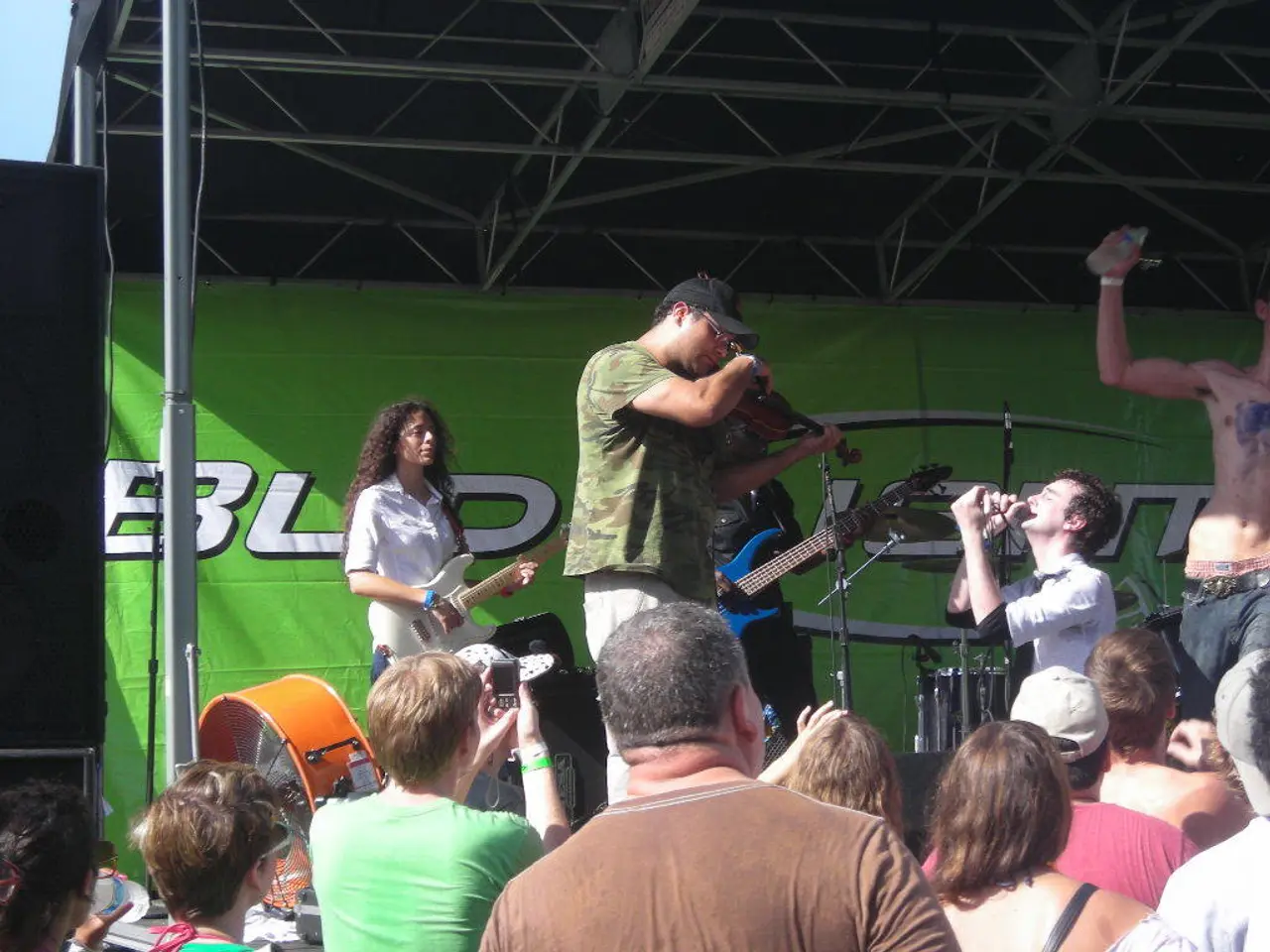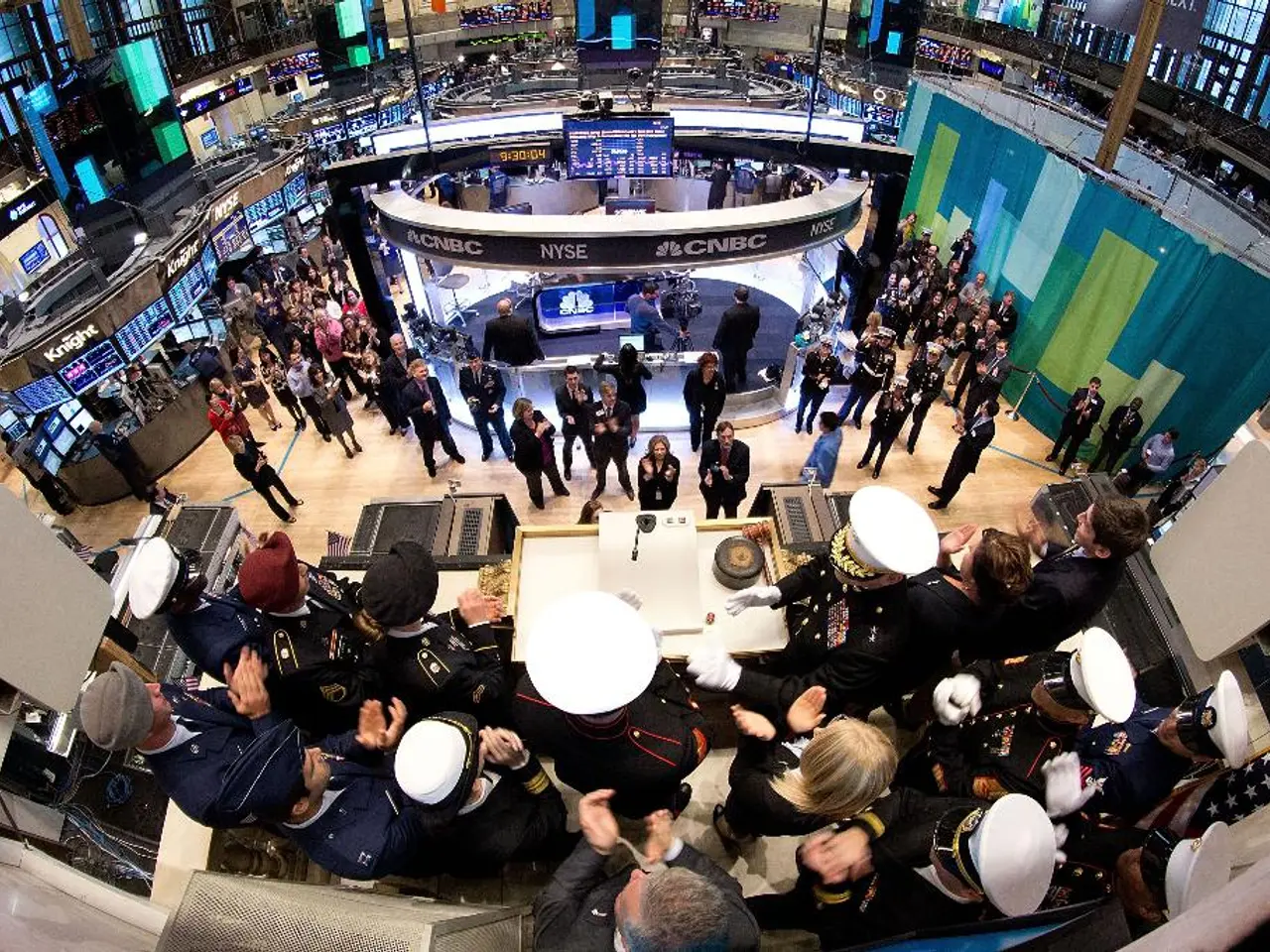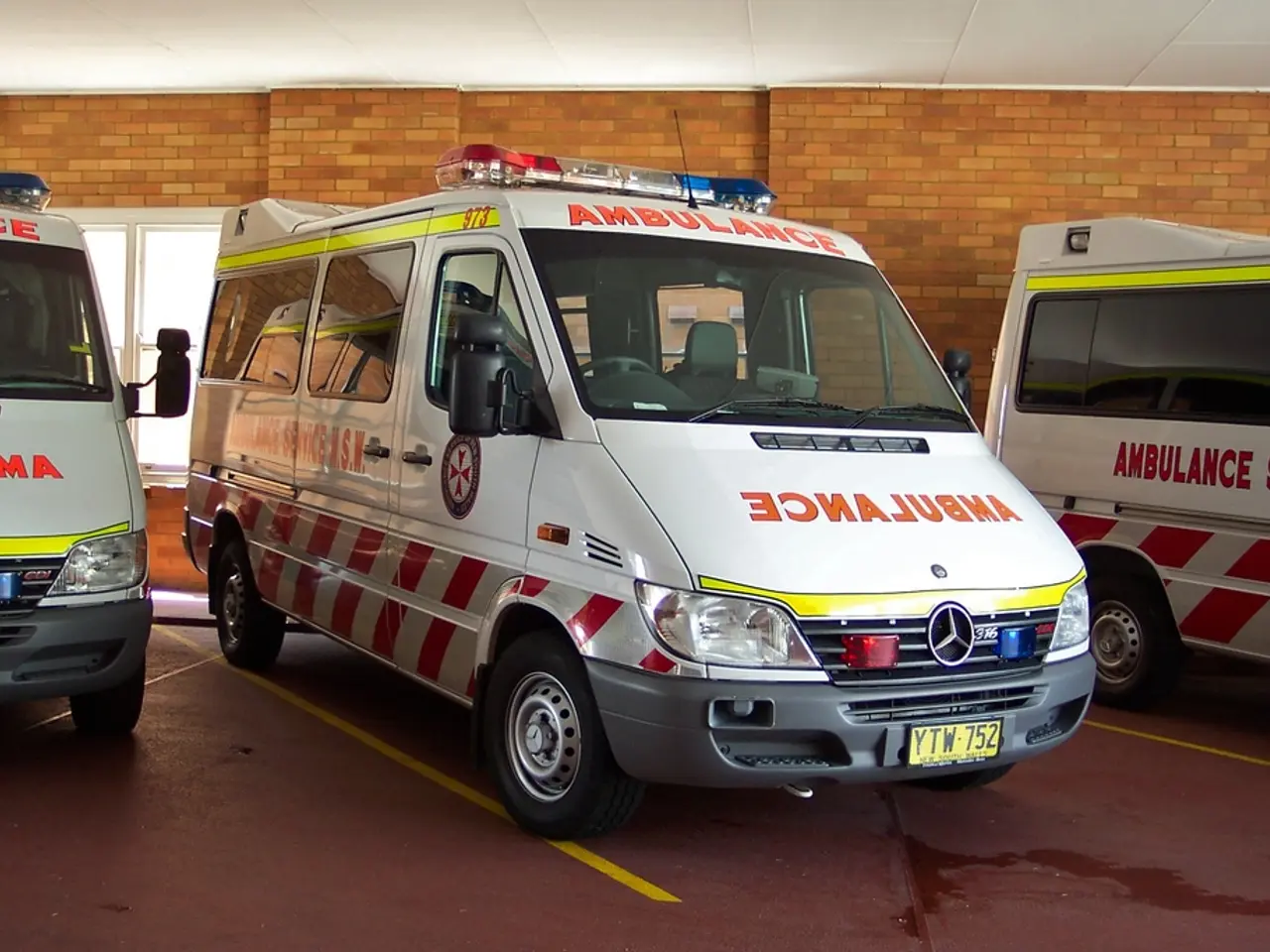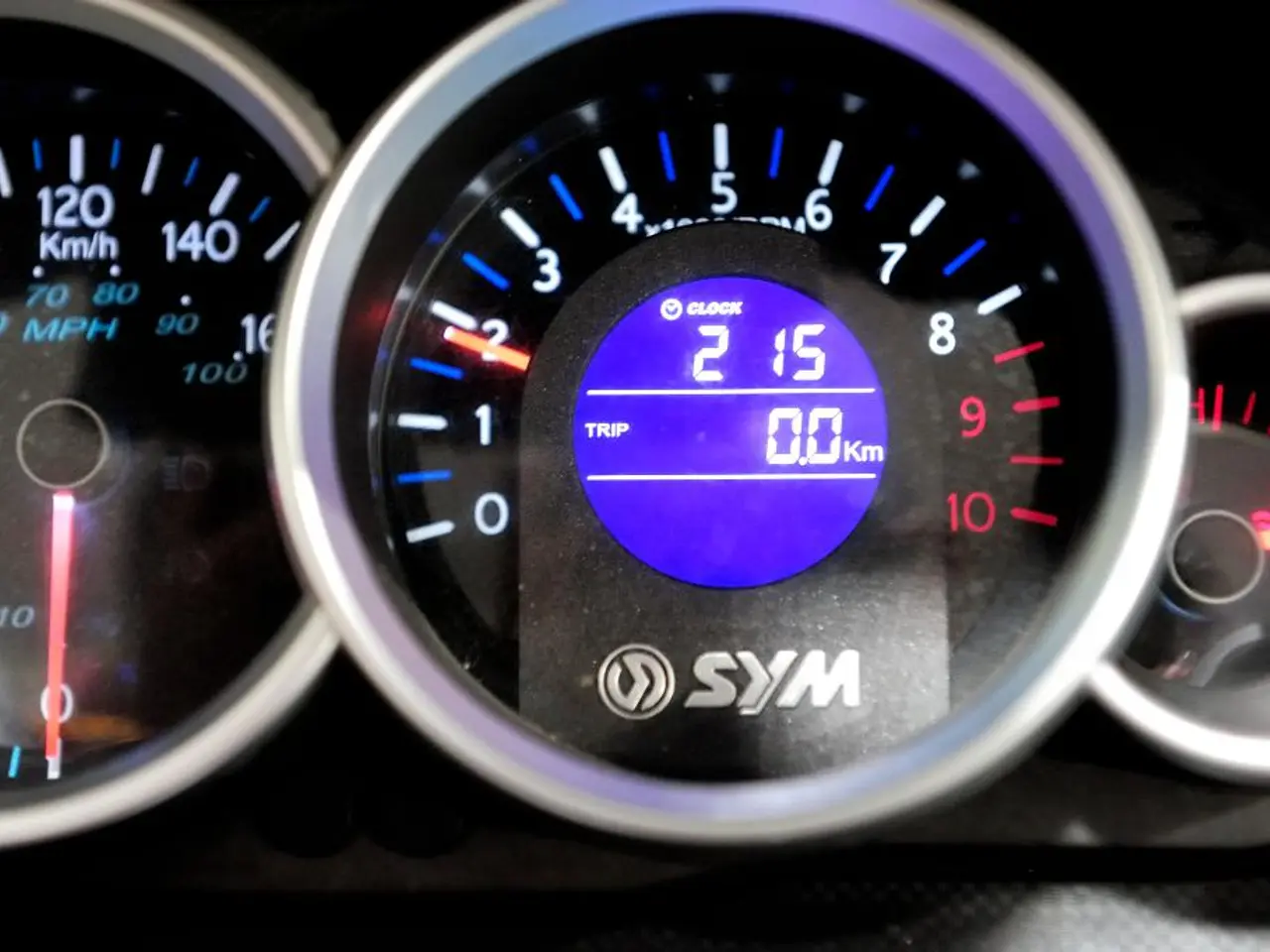Operational Insights into Music Festivals: Unveiling the Backstage Action
Music festivals are more than just a gathering of music lovers; they're a complex, multistage event that requires meticulous planning, seamless execution, and careful post-event analysis. This article delves into the various aspects of music festival production, from setting objectives and artist booking to managing crowds and ensuring a memorable audience experience.
Planning Phase
The planning phase is where it all begins. Clear objectives are set, and a detailed project plan is created, including timelines, milestones, budgeting, and resource allocation. Tools like Work Breakdown Structures and Gantt charts are often used to help manage the process.
Artist booking is a critical step, typically starting months in advance. Headline performers require early commitment (3–6 months before), logistics finalization (1–3 months before), and detailed coordination during event week. This involves negotiating contracts, technical riders, accommodations, transport, and promotional approvals.
Venue selection follows, with location suitability, capacity, accessibility, and infrastructure being evaluated. Vendor and supplier contracts for staging, sound, catering, and security are also arranged.
Ticketing strategy and promotion begin early, leveraging marketing collateral to boost sales and secure sponsor interest. Ticketing platforms and logistics are integrated with registration and access control systems.
Execution Phase
The event realization involves coordinating venue setup, stage management, artist arrival and hospitality, soundchecks, catering, crowd control, and onsite logistics. Real-time monitoring uses dashboards and checklists to track progress, address emerging issues, and maintain quality assurance. Staff and volunteer management, communication, and contingency plans are crucial during this phase.
Promotion continues during the event with live updates and audience engagement activities.
Audience Experience
A well-planned site layout enhances the audience experience by providing clear signage, comfortable facilities, diverse entertainment options, and efficient services. Managing crowd flow and emergency response plans are essential for safety and comfort.
Post-Festival Wrap-Up
Debriefings cover financial reconciliation, budget adherence, vendor payments, feedback collection from artists, staff, and attendees, and documentation for future improvements. Thank-you notes and testimonials help maintain artist relations and marketing leverage for subsequent festivals.
Economic Impact and Challenges
Music festivals generate substantial local economic activity through tourism, hospitality, and employment. However, they require careful budgeting and risk management to handle cost overruns, weather disruptions, or artist cancellations.
Challenges include balancing artistic vision with commercial constraints, ensuring safety amid large crowds, coordinating many stakeholders, and adapting to changing audience expectations.
Future Trends
The use of digital tools and project management software is increasing to improve coordination and transparency. There's also a growing emphasis on sustainability, inclusivity, and hybrid (in-person plus virtual) experiences to broaden reach and reduce environmental impact.
Data analytics are being leveraged for ticketing, marketing optimization, and personalized audience engagement.
In summary, music festival production is a coordinated combination of long-term artist booking, detailed logistics planning, robust on-site operational management, strategic promotion, and thorough post-event evaluation, all aimed at delivering an engaging and safe audience experience while maximizing economic benefits and adapting to evolving industry trends.
Music festivals contribute significantly to local economies by benefiting businesses through attendee spending on travel, accommodations, food, and merchandise. Ticket sales, sponsorships, and vendor profits from music festivals are analyzed to help organizers plan budgets for future editions.
- In order to ensure the success of music festivals, careful planning and resource allocation are crucial during the planning phase, which involves setting clear objectives, creating detailed project plans, and utilizing tools like Work Breakdown Structures and Gantt charts.
- An essential part of festival production is artist booking, where headline performers are secured months in advance, and their logistics are finalized as the event approaches.
- After artist booking, venue selection follows, considering factors such as location suitability, capacity, accessibility, and available infrastructure.
- As the event nears, ticketing strategy and promotion are initiated, aiming to boost sales and gain sponsor interest using marketing collateral and integrated ticketing systems.
- During the execution phase, focus shifts to coordinating venue setup, stage management, artist arrival, hospitality, sound checks, crowd control, and on-site logistics while also maintaining quality assurance through real-time monitoring.
- After the event, a debriefing process takes place, analyzing financial data, collecting feedback from artists, staff, and attendees, and documenting findings for future improvements, ensuring continued growth in the industry while adapting to new trends such as digital tools, sustainability, inclusivity, and hybrid (in-person plus virtual) experiences.







